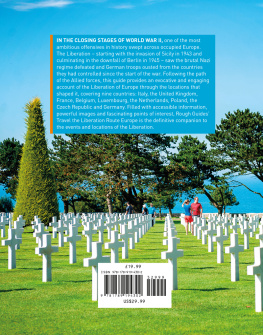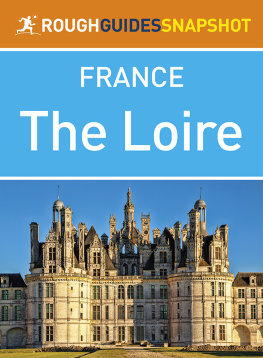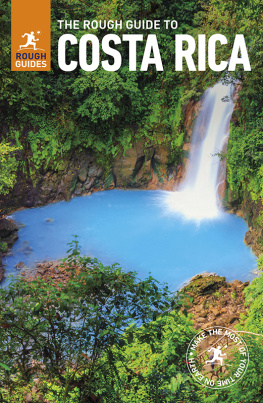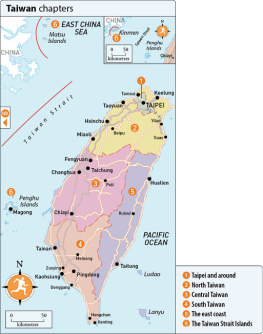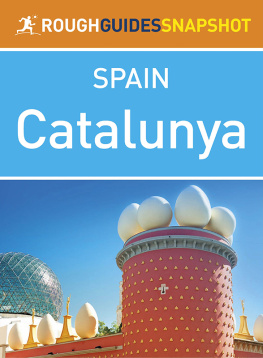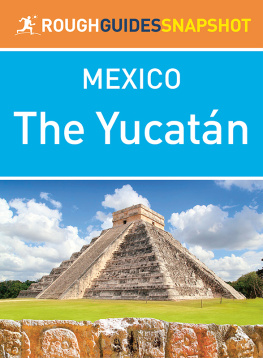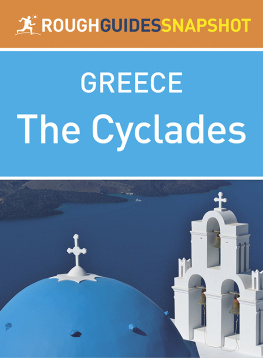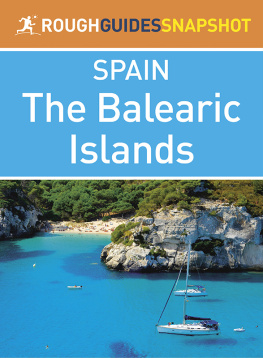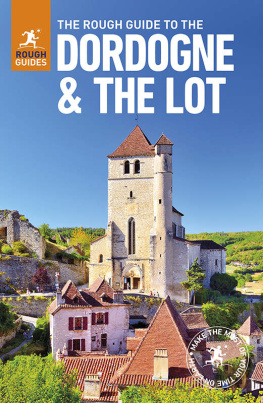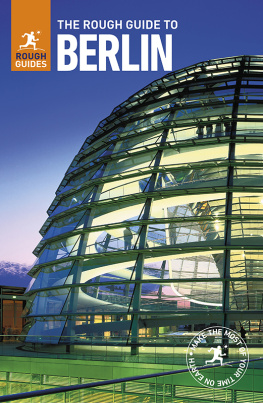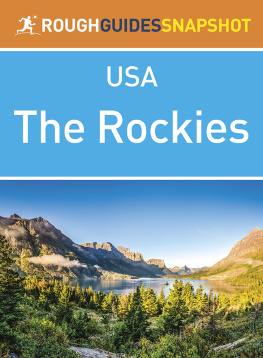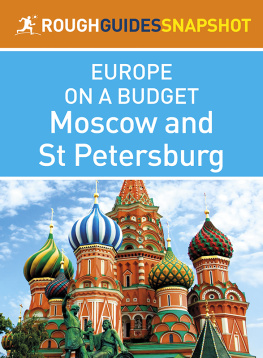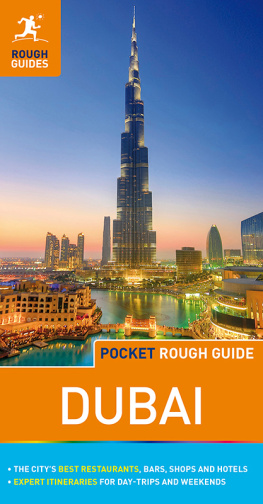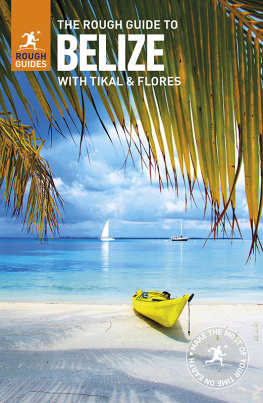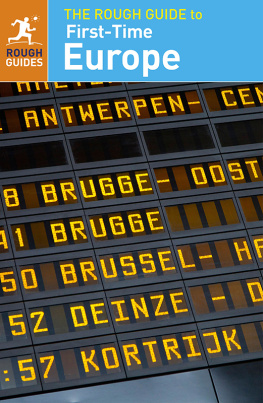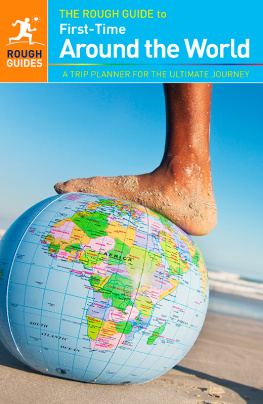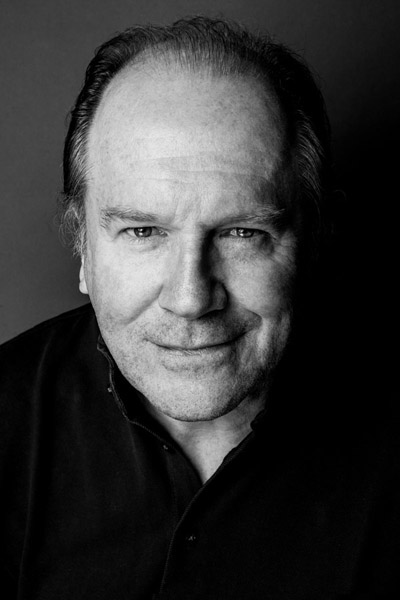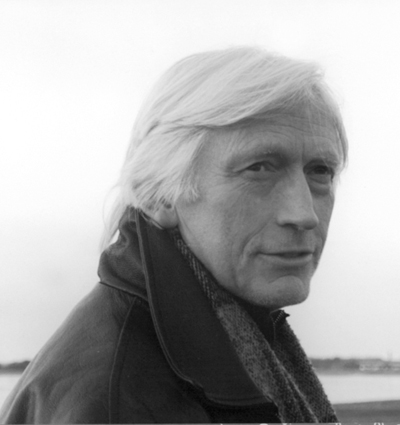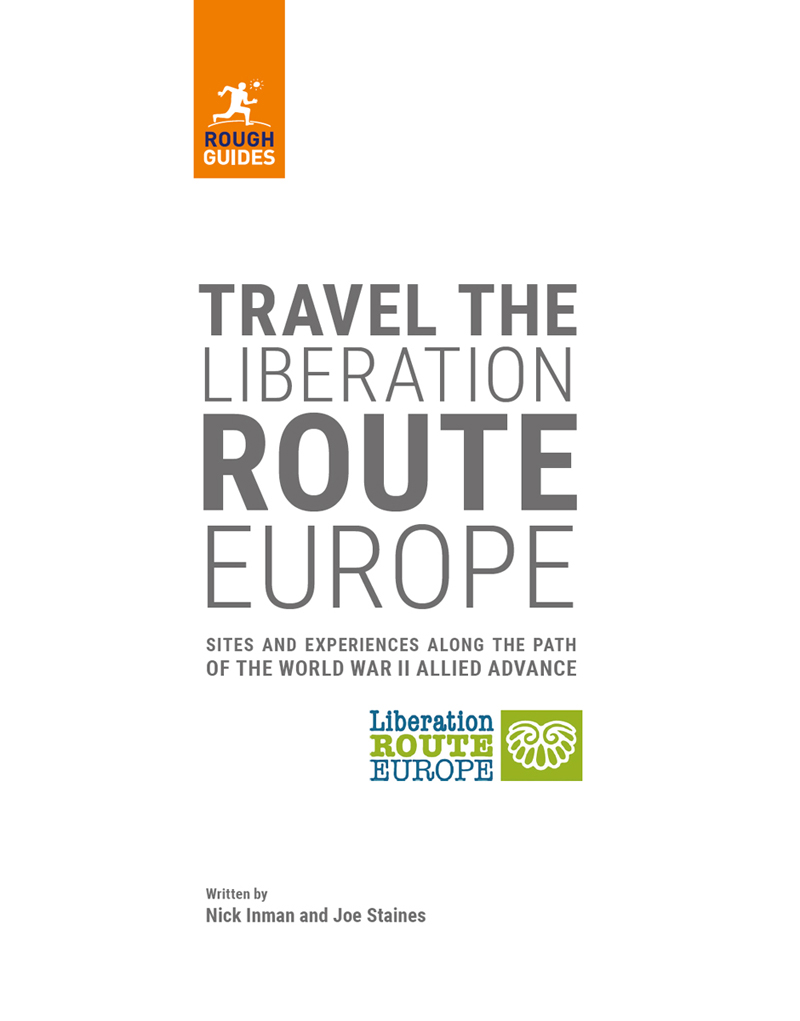
Contents
Preface by
William Boyd
Novelist and screenwriter
Credit: Trevor Leighton
The D-Day landings of 6 June 1944 still astound. The slightest acquaintance with the scale and risk involved, the monstrous complications of the logistics and the strategy, not to mention the mind-boggling bravery of tens of thousands of young soldiers, is a humbling experience to contemplate and examine. The whole enterprise seems, in military terms, almost hubristic. How could anyone have dreamed up such a plan the largest seaborne invasion in the whole history of warfare, never to be surpassed? How could such a start to the liberation of western Europe have been contemplated given the enormous, cataclysmic consequences of failure?
Time has passed and hindsights 20/20 vision does not lessen the admiration on the contrary: if anything our respect and wonderment have increased. Were the stakes higher then? Undoubtedly. Were we braver people then? Probably. D-Day and its aftermath cast a light on our own times and sometimes that candid illumination is not flattering.
Nothing better, then, than to retrace the events of that day and the weeks and months that followed and vicariously relive a small fragment of twentieth-century history.
D-Day on the beaches of Normandy leads on to the slow but steady liberation of western Europe other invasions, other battles fought, most won, some lost, but the progress towards victory seemed unwavering. And lets not forget that Nazi Germany was caught in an inexorable pincer attack of its own making. Hammer blows from the East as well as the West. Throughout Europe, the many sites and memorials still speak to us with clarion voices. It is remarkable, three-quarters of a century on from 1944, that Europe remains united and at peace, albeit under new pressures. Remembering D-Day, the liberation of Europe and the cause it represented, is a potent spur to that remaining the case, forever.
Preface by
Richard Overy
Professor of History at the University of Exeter
Credit: Richard Overy
The Liberation of Europe in 194345 from the menace of German occupation and oppression was a defining moment of the last century. That liberation required a colossal military effort, almost unimaginable today. Allied armies from the west, east and south slowly drove back the Axis forces until by 1945 they decisively destroyed German military power in Germany itself. The German armed forces surrendered on 7 May.
Liberation Route Europe is a unique organization dedicated to keeping alive the memory of that momentous victory and the terrible cost in lives and treasure that it demanded, not only from those powers engaged in the fighting, but from the people and cities in the path of the advancing armies who were bombed or shelled or starved by the circumstances of the war. Tracing the path made by the Western Allies from the prelude to D-Day in 1944 to the final invasion of Germany in March 1945 is to follow a route of campaigns and battles that hung in the balance on many occasions the defence of the narrow Normandy beachhead in June, the crisis at Arnhem in September, the Battle of the Bulge in December when Hitler ordered one last surprise assault against the Allied line. The Liberation Route recaptures those key moments and shows just what an exceptional effort was involved in crossing northern Europe against a determined foe.
Liberation was also the language used by the Soviet Union as the Red Army stormed across Eastern Europe. Here at least the genocidal German regime was defeated, but liberation meant something different for the peoples brought suddenly under the rule of Soviet-sponsored dictatorships. Here liberation in the same sense as the West was postponed until the 1990s. The liberation that mattered in shaping the development of the continent after the war was the liberation of northern and western Europe. This laid the foundation for todays European Union and the reconciliation of the peoples of Europe. Liberation Route Europe is not only about reconstructing the key historical moment when freedom returned, but a way of reinforcing the ideal of a united and peaceful Europe in the present.
Foreword by the Liberation Route Europe
A continuously growing, international remembrance trail, the Liberation Route Europe (LRE) connects important milestones from modern European history. It forms a link between the main regions impacted by the Liberation of Europe in 19431945 and is managed by the Liberation Route Europe Foundation.
Origins of the Liberation Route Europe
The LREs roots lie in a small regional project that began in the ArnhemNijmegen area of the Netherlands, where Operation Market Garden and Operation Veritable took place in 19441945. In 2008, three of the areas museums the National Liberation Museum 1944-1945 in Groesbeek, the Airborne Museum Hartenstein in Oosterbeek and the War Museum in Overloon joined forces with the Regional Tourist Board Arnhem Nijmegen (RBTKAN) to raise awareness of local World War II history by telling its stories and promoting its remembrance sites.
In Arnhem and Nijmegen, plenty of recognized sites remembered the war and the Liberation museums, cemeteries and so on but other important locations were almost completely unknown. Commemorative years witnessed veterans returning to the region with their families, eager to show them where they fought; some were airdropped during the war and keen to identify their landing areas. Unfortunately, many of their stories were unmarked, lost in the fields and forests that blanketed the land. It was difficult to find all the relevant information, the stories, the bigger picture; we had to do something to keep this history alive, explains Jurriaan de Mol, one of the project founders.
In response, a network of listening locations called audiospots were developed, where visitors could listen to and read about the forgotten and hidden stories of World War II. Accessed using a smartphone or by calling a specific phone number, in time these audiospots became local monuments, maintained by local communities. Tour companies and their guides began incorporating the spots on their routes, connecting story and place to give meaningful insight into the Liberation of Europe.
LRE audiospots
The LRE currently has around two hundred audiospots disseminated in six provinces of the Netherlands, as well as in Kreis Kleve in Germany. Audiospots are planned in several other Dutch provinces, and the network is constantly expanding. At each audiospot, poignant stories of wartime experiences are offered in three languages using a mobile application or a local phone number. Throughout this book, audiospots are marked with the headphones symbol 

